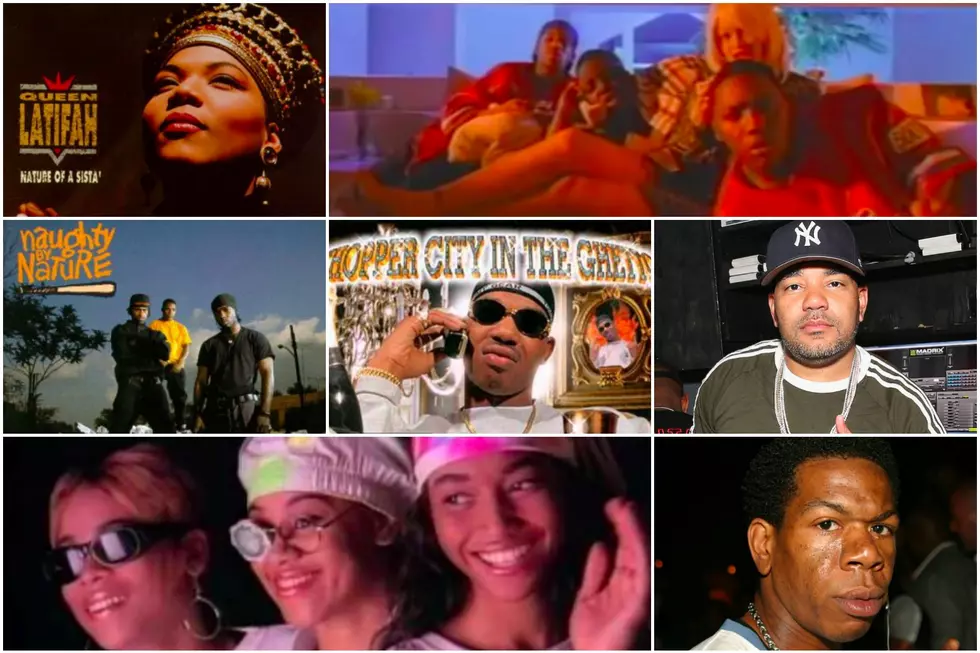
Queen Latifah Explores the ‘Nature of a Sista': Sept. 3 in Hip-Hop History
On this day in hip-hop, Craig Mack and B.G. are born, Queen Latifah drops an important album, TLC delivers their fun brand of R&B/hip-hop, DJ Envy enters the world and Junior M.A.F.I.A. helps Lil Kim launch her solo career with via a big hit single.
1971: Craig Mack is born
In 1971, the man who would go to become one of the first artists for Sean "Diddy" Combs' Bad Boy Records label, Craig Mack, was born in New Jersey. In 1993, Mack was introduced to Combs, who was an executive at Uptown/MCA Records at the time and enlisted Mack to appear on the remix to Mary J. Blige's 1993 single, "You Don't Have to Worry." After Puff left Uptown and launched his new label, Bad Boy Records, Craig Mack was tapped as one of its two flagship artists, alongside the Notorious B.I.G.
In 1994, Mack released his signature track, the Easy Mo Bee-produced "Flava in Ya Ear," which served as the lead single from his debut album, Project: Funk da World. The song was Bad Boy's first official release and the remix, which featured Biggie, LL Cool J, Busta Rhymes and Rampage, is widely regarded as one of the best posse cuts hip-hop has ever produced, and served as a major introduction to Biggie.
Although Mack never released another project on Bad Boy again, and saw a swift decline in his fame following the release of his sophomore album, Operation Get Down on Street Life/Scotti Brothers in 1997, the rapper's entry to the game was a significant moment in the changing landscape of hip-hop in the mid-'90s. Craig Mack passed away due to complications from heart failure on March 12, 2018.
1977: DJ Envy is born
One of the most prominent DJs/radio personalities in hip-hop, DJ Envy (Raashaun Casey) got his big break courtesy of his neighborhood friend, the legendary DJ Clue. Entering the mixtape game in the '90s, Envy worked with some of the biggest stars in rap, from Jay-Z, to the LOX and 50 Cent, forging his own sound via his mixtapes. In 2003, he released his debut album on Clue's Desert Storm label, The Desert Storm Mixtape: Blok Party, Vol. 1, further establishing his place as one of the hottest go-to DJs in the country.
"One [of the keys to my success] is gut feelings — knowing and understanding where my job is at that particular time," he told The Source back in 2016. "Knowing that one time mixtapes were doing great and I was moving mixtapes like — I have no idea, but knowing and saying what’s next. When everybody started jumping into mixtapes I made that right turn and said, 'You know what? Let me start doing radio.'”
Since leaving the mixtape game, Envy has embarked on a successful radio career, landing a gig on one of the most celebrated morning shows in the country, Power 105's The Breakfast Club, alongside cohosts Angela Yee and Charlamagne tha God.
1980: B.G. is born
Lil Wayne may have been the breakout star to come from the stacked Cash Money Records roster, but make no mistakes, it's B.G. who is not just its flagship artist, but who was instrumental in helping the New Orleans-based label establish its lasting legacy. He signed with Cash Money in 1992 when he was only 12 year-old, and, after releasing group albums with Lil Wayne, which made a splash locally, he released his solo debut in 1996, Chopper City. The album established B.G. as a strong lyricist and trendsetter. But it was his 1999 album, Chopper City in the Ghetto, which was released after Cash Money signed a distribution deal with Universal Records, that firmly cemented B.G.'s legacy. The album spawned the Top 40 hit, "Bling Bling," helping to introduce the phrase to hip-hop. It debuted at No. 9 on the Billboard 200. But the record was about more than album sales.
"Chopper City in the Ghetto, real talk, it's what changed Cash Money from a bounce label to a rap label," producer Mannie Fresh told XXL in 2014. "Chopper City in the Ghetto was like the first official rap album done on the label that led it in the rap form. The early Cash Money the first generation, it was all bounce artists. Then we figured out, just recording B.G., 'Man, this dude is a raw rapper.' So just when we was doing Chopper City in the Ghetto, was the beginning of that. I would say that was the structure of Cash Money, that first album, to launch them where they are right now. That was the first example that we did that changed the label into a hip-hop/rap label."
1991: Queen Latifah drops Nature of a Sista'
The second album from Queen Latifah, 1991's Nature of a Sista', was Latifah's final album with Tommy Boy Records, following her big 1989 debut, All Hail the Queen. The album explored feminism and love, making it political by default because Latifah was adding a feminine perspective to a male-dominated genre.
“I chose to kind of take the route of uplifting women by trying to make some records that had some positive thoughts in it,” she told HuffPost Live in 2015. “There are ways to make records that appeal to the masses but still have a message that leaves something with you.”
The record also explored Latifah's diverse musical scope, dabbling in elements of jazz, house and reggae. The album went gold and spawned three hits, "Fly Girl", "How Do I Love Thee", and "Latifah's Had It Up 2 Here," the last of which remains one of the most hard-hitting entries in her catalog.
1991: Naughty by Nature releases their self-titled sophomore album
Perhaps one of the most underrated groups in hip-hop history is Naughty by Nature (Treach, Vin Rock and DJ Kay Gee). Not only was Treach a superior lyricist, but their production talents (largely courtesy of Kay Gee) can't be overlooked—Zhané, anyone? In 1991, they released their sophomore effort, Naughty by Nature, which went platinum based on the strength of one of the most celebrated rap anthems of all-time, "O.P.P." The album also featured two other hit singles, "Everything's Gonna Be Alright" and "Uptown Anthem."
"Good music is good music," Treach told The Boombox in 2010. "If you keep throwing it at 'em and keep feeding the people, they gonna appreciate it and respect it."
1992: TLC drops "Hat 2 Da Back"
The fourth single from their from TLC's debut album, Ooooooohhh... On the TLC Tip, "Hat 2 Da Back," followed the same basic formula as the previously released singles from the album. Pre-dating the "crazy, sexy cool" vibe that would come to define the group, the first album from the Atlanta trio (Tionne "T-Boz" Watkns, Lisa "Left Eye" Lopes, Rozanda "Chilli" Thomas) was about establishing them as a fun, hip alternative to other female R&B groups on the scene at the time (think En Vogue), with their baggy Cross Colours outfits, that often included condoms safety-pinned on them. It reached No. 14 on Billboard's Hot R&B Singles and was the final single to be released from the album.
“There will never be anything like ’em,” mega-producer/songwriter Daryl Simmons, who worked extensively with the group, explained to Rolling Stone. “[TLC’s sound] was hip-hop, but it wasn’t hardcore hip-hop; it was such a fun sound, but it was serious,” Simmons says. “[It was] one of a kind.”
1995: Junior M.A.F.I.A. releases "Get Money"
In 1995, following the release of Biggie's big solo debut, Ready to Die, Junior M.A.F.I.A. came through with one of their most significant hits, "Get Money." The track was the third and final single from the group's 1995 debut, Conspiracy, which was released on Undeas/Atlantic Records. It was certified platinum and peaked at No. 17 on the Billboard Hot 100 but more than that, it helped launch the solo career of Lil Kim, whose big breakthrough came a year later, in 1996, with her debut album, Hard Core. Although beef has plagued the group years, this was one of the most impactful records they released.
The video was shot at a New York City club and inside a home that was once owned by Wesley Snipes. DJ Clark Kent, Salt-N-Pepa, Mary J. Blige and adult-film star Vanessa del Rio made cameos in the video.
"People don't know, at the end of this video Big was supposed to have brought me that car, that was my gift," Kim once told MTV of the car she's seen driving at the end of the clip. "So, ya know, I came off at the end."
More From TheBoombox
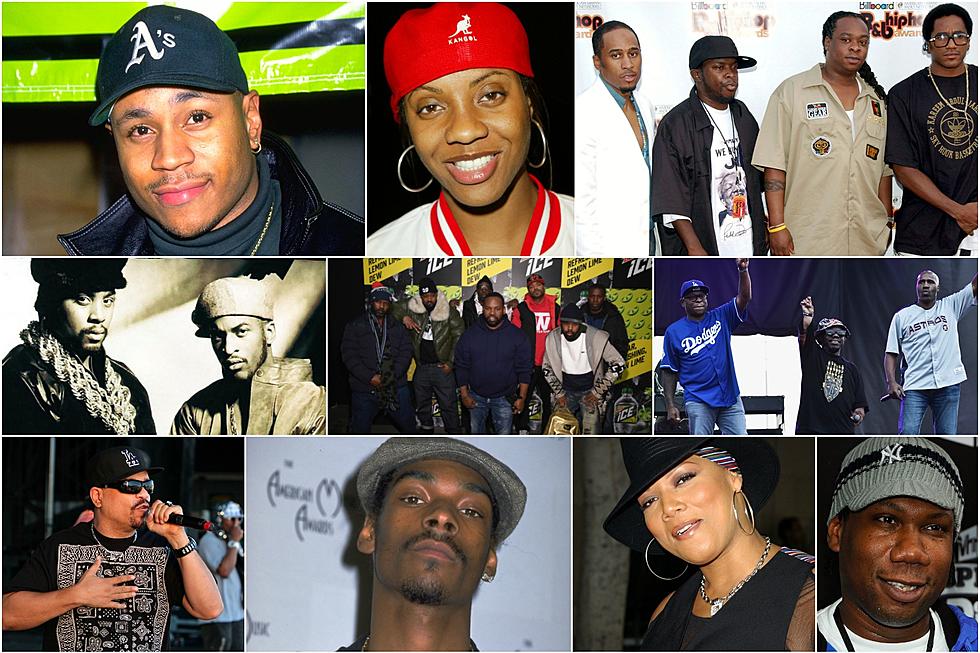
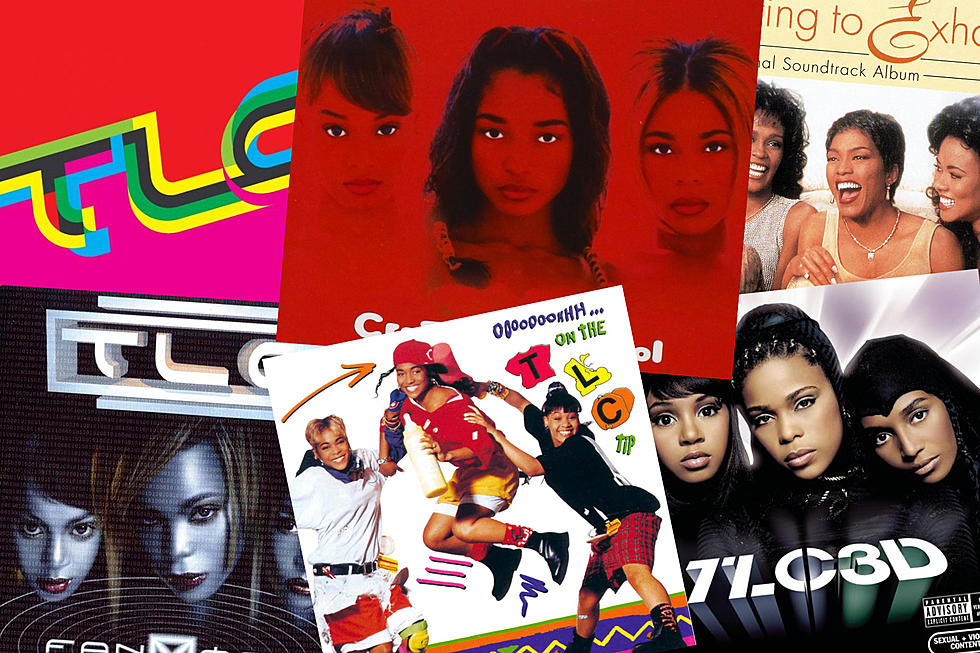

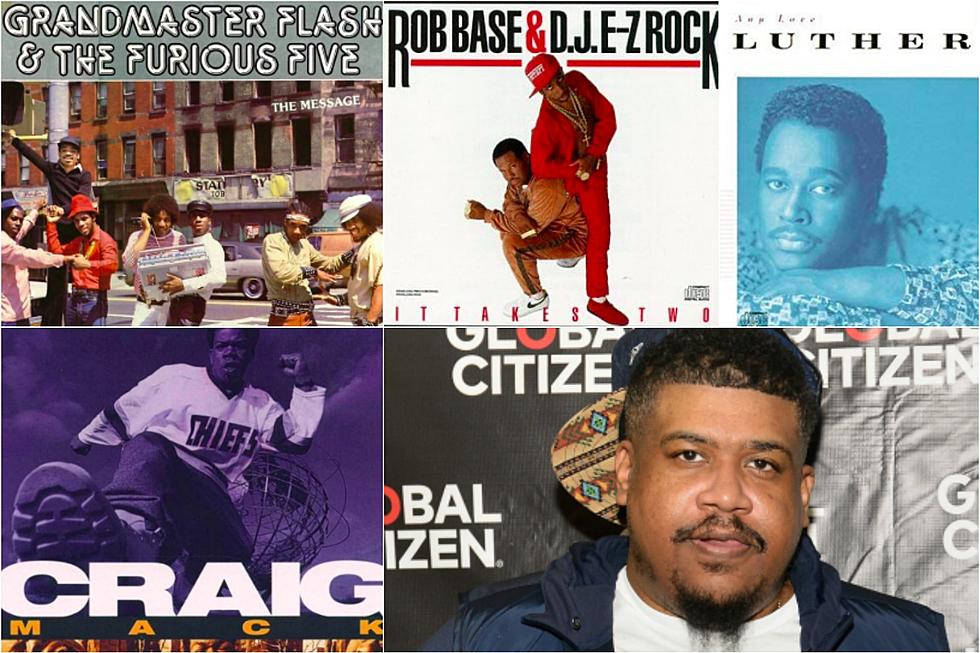

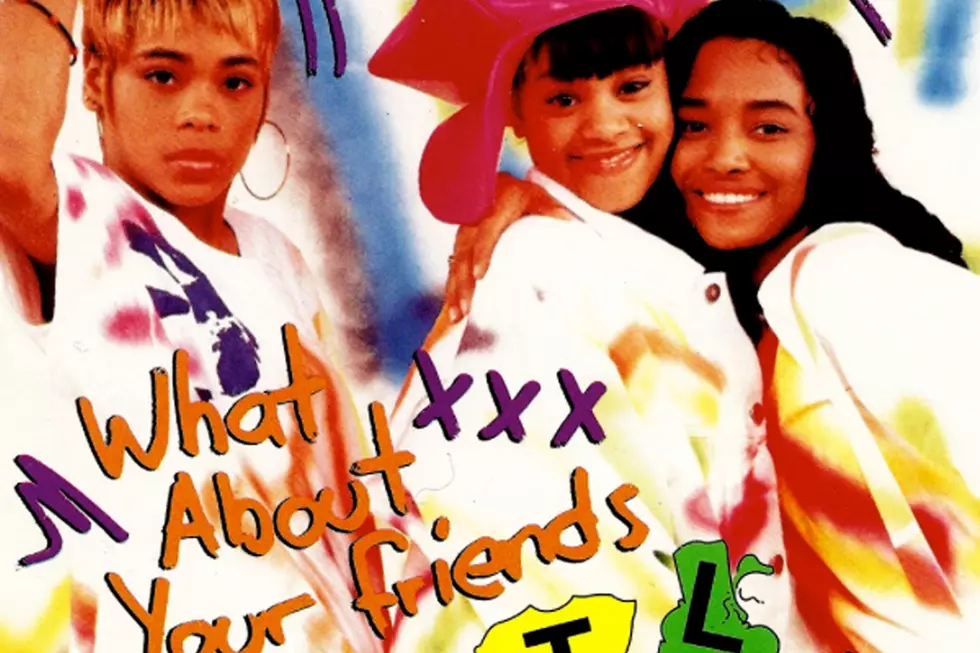


![20 Rappers Starring In Fun Commercials [VIDEO]](http://townsquare.media/site/625/files/2018/08/Rappers-and-Commericals.jpg?w=980&q=75)
